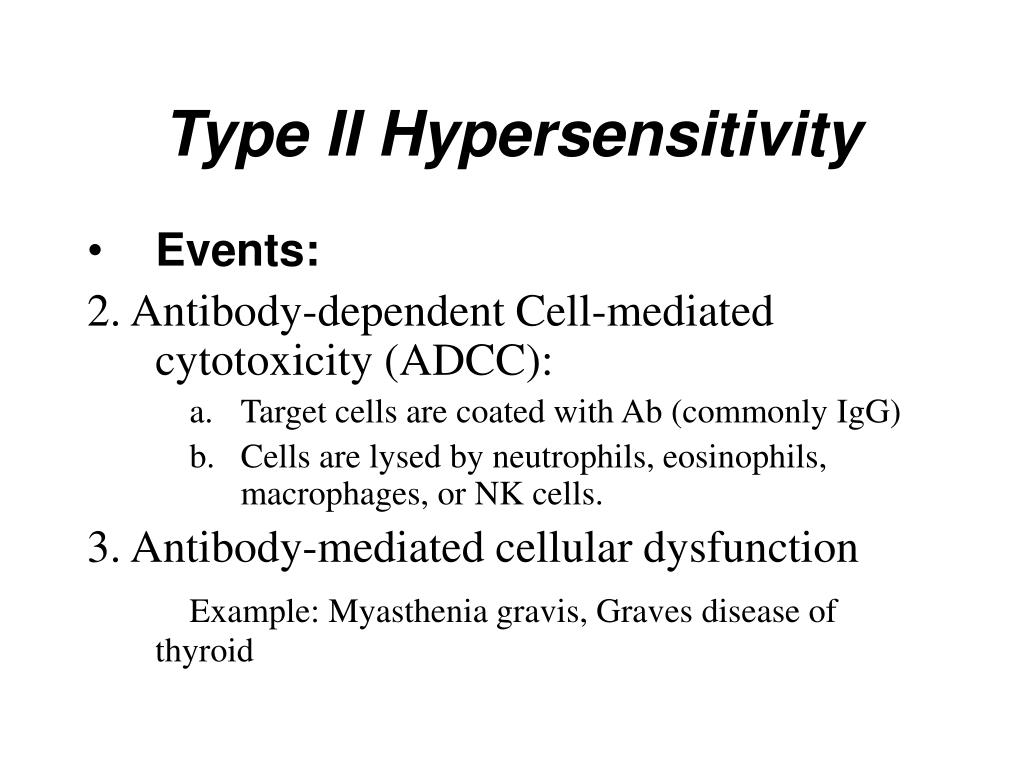
More severe reactions, although rare can be treated with epinephrine. Antihistamines such as Zyrtec, Benadryl, or Allegra can relieve the itching or mouth tingling. Make sure you've had enough sleep: Rest or take a nap before facing a situation that will be highly stimulating or after an intense one to regroup.ĭoes Benadryl help oral allergy syndrome?Ī few studies have shown that allergy shots to the cross- reacting pollens can reduce or eliminate the OAS symptoms.How do you stop hypersensitivity? By following these simple strategies: Such reactions may progress to immune complex diseases. Type III hypersensitivity occurs when there is accumulation of immune complexes (antigen-antibody complexes) that have not been adequately cleared by innate immune cells, giving rise to an inflammatory response and attraction of leukocytes. Types: 1 - Immediate Hypersensitivity Reaction (IgE Mediated) Types: 2 - Cytotoxic Antibody Reaction (non-IgE Antibody Mediated Reaction) Types: 3 - Immune Complex Reaction (Antigen-Antibody Complex Deposition) Types: 4 - Delayed-Type Hypersensitivity (T Cell-Mediated) Types: Other allergy mediated reactions. Examples include anaphylaxis and allergic rhinoconjunctivitis. What is the most common type of immediate hypersensitivity? Type I reactions (i.e., immediate hypersensitivity reactions) involve immunoglobulin E (IgE)–mediated release of histamine and other mediators from mast cells and basophils.

What is an example of type 3 hypersensitivity?Įxamples of type III hypersensitivity reactions include drug-induced serum sickness, farmer's lung and systemic lupus erythematosus. Type II hypersensitivity reaction refers to an antibody-mediated immune reaction in which antibodies (IgG or IgM) are directed against cellular or extracellular matrix antigens with the resultant cellular destruction, functional loss, or damage to tissues. What is Type 2 hypersensitivity reaction? This antibody-mediated response leads to cellular destruction, functional loss, or damage to tissues. Type II hypersensitivity reaction is a form of immune-mediated reaction in which antibodies are directed against cellular or extracellular matrix antigens. IgG or IgM antibody binds to a cellular antigen, leading to complement activation and cell lysis. When the specific allergen binds to the IgE, cross-linking of IgE induces degranulation of mast cells. Hives Hives (urticaria) are an example of a: Type 1 hypersensitivity reaction. Type I: Type II: Type III: Type IV: Allergen-specific IgE antibodies bind to mast cells via their Fc receptor. Symptoms may include: Shortness of breath. Type 2 Hypersensitivity Reactions Type 2 (Cytotoxic) hypersensitivity reactions are mediated by: IgE or IgG.


In rare cases, it can cause a life-threatening reaction known as anaphylaxis. Learn and reinforce your understanding of Type III hypersensitivity. But there isn't a specific medication to treat oral allergy syndrome. Type III hypersensitivity Videos, Flashcards, High Yield Notes, & Practice Questions.


 0 kommentar(er)
0 kommentar(er)
